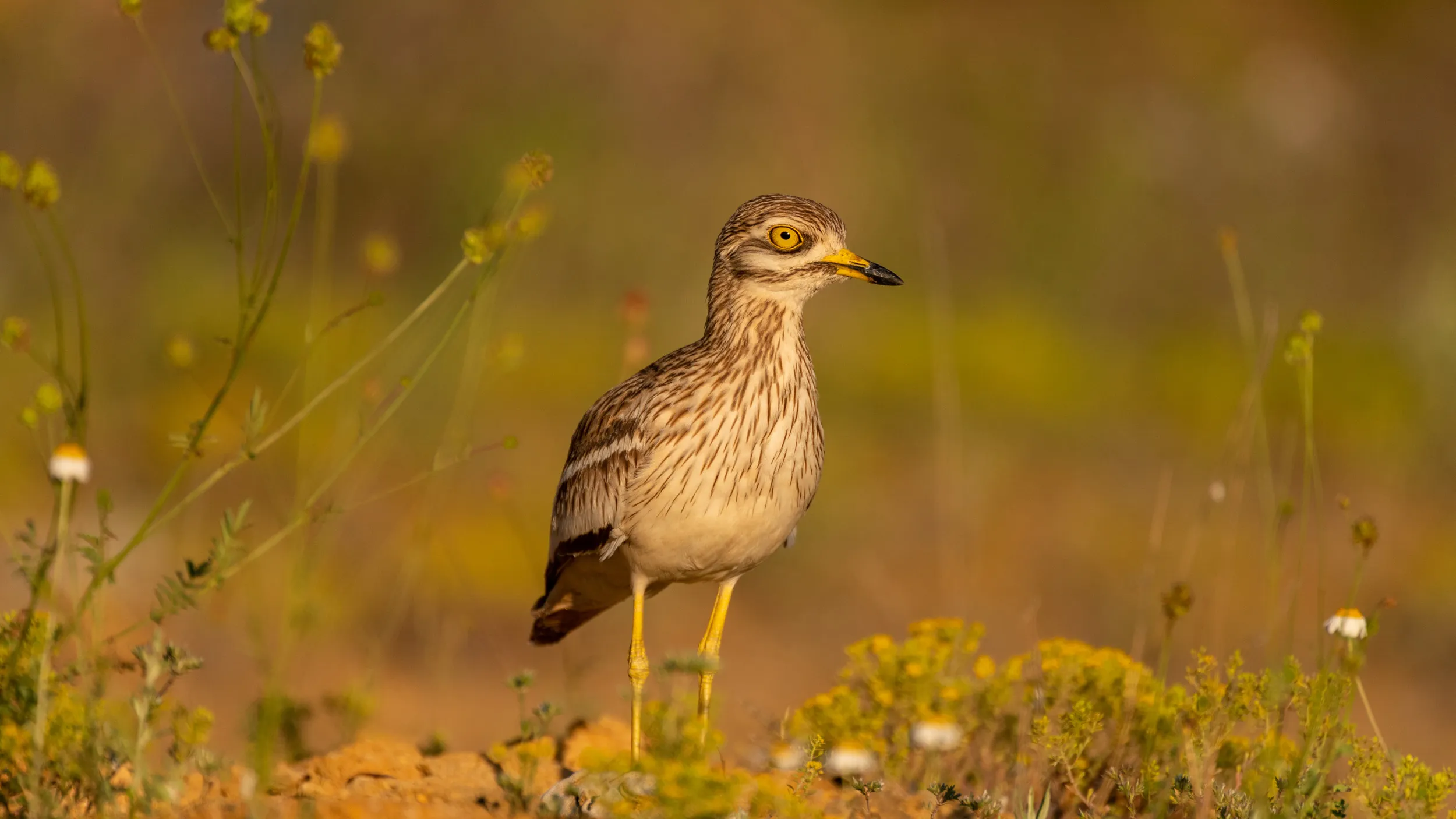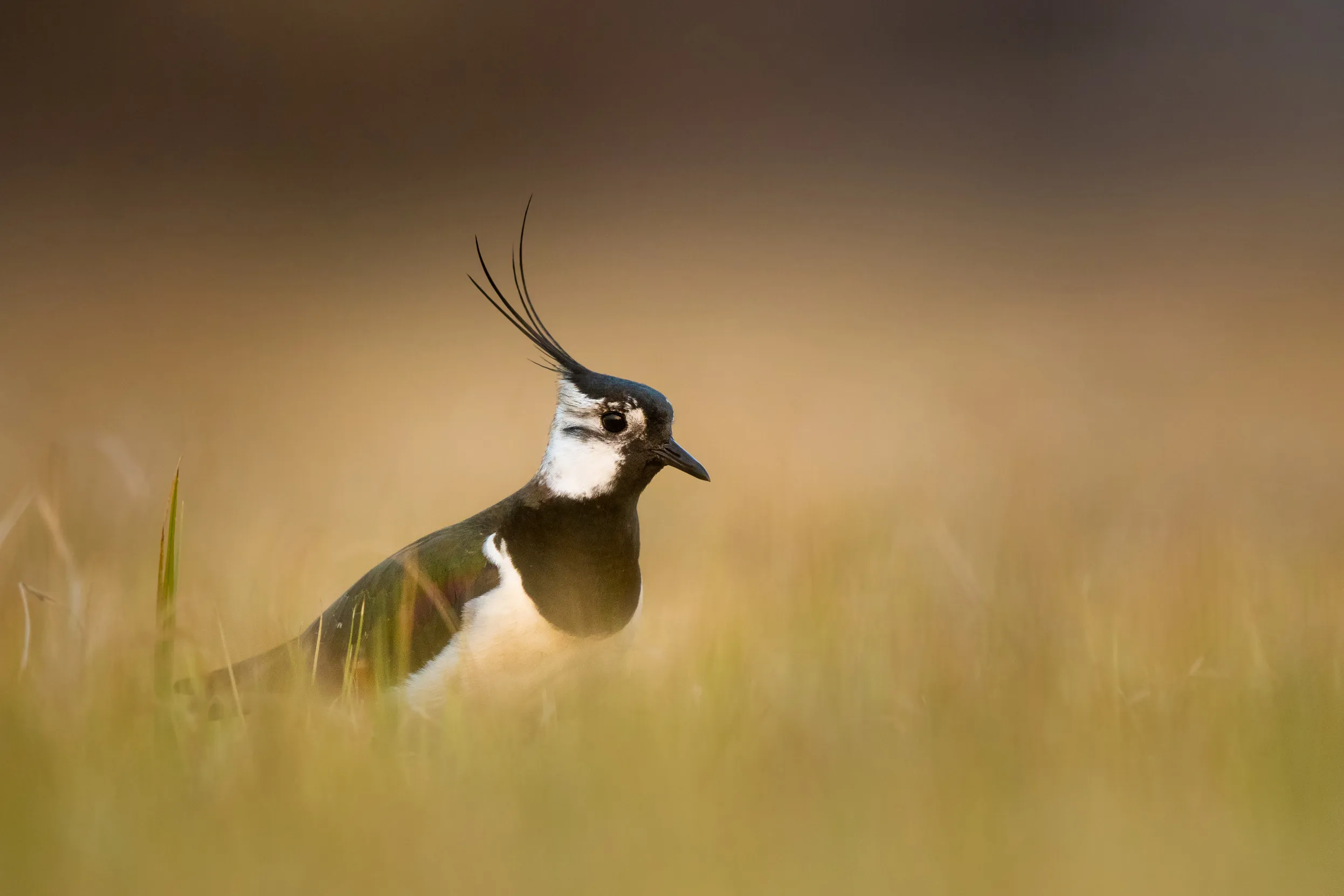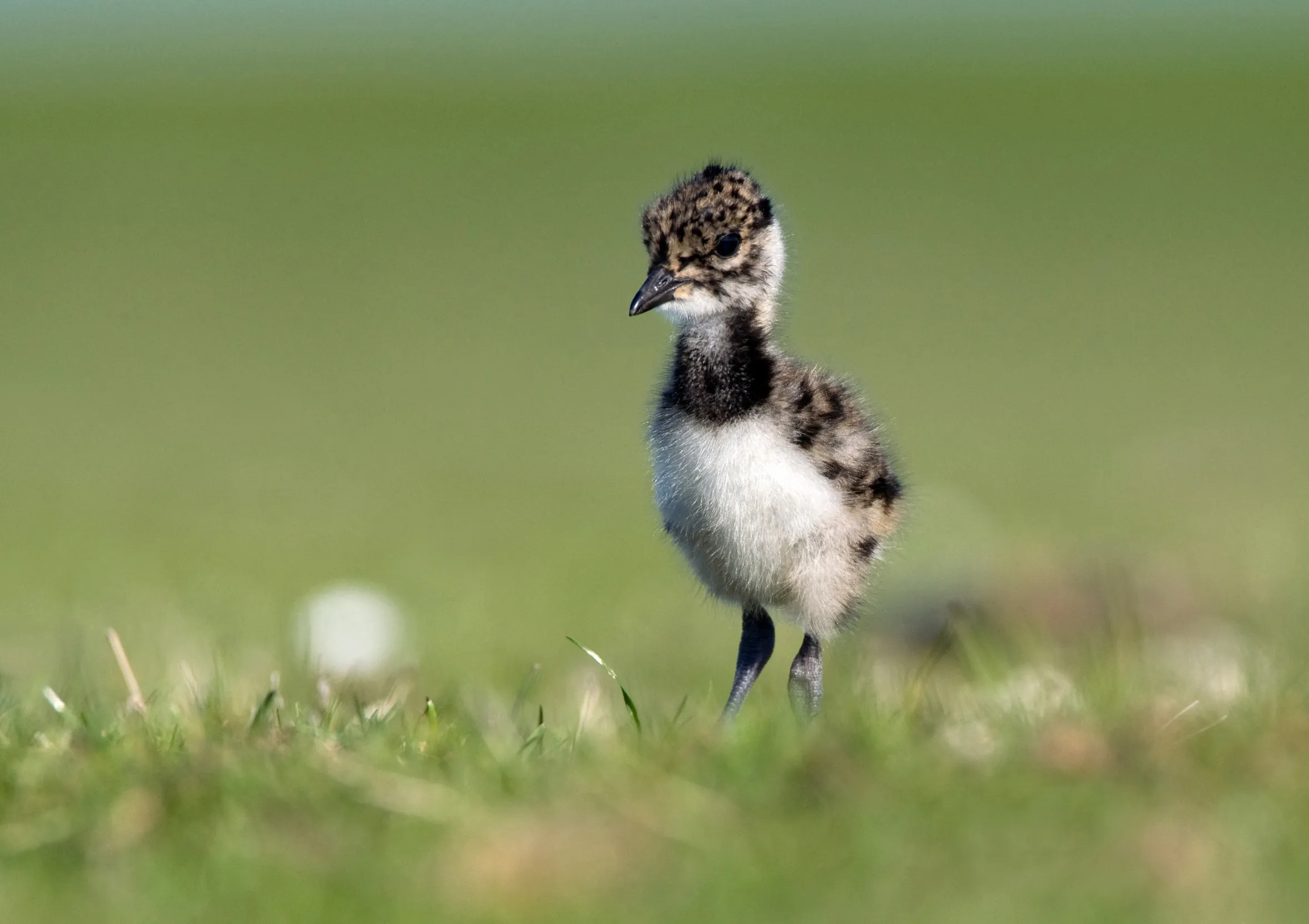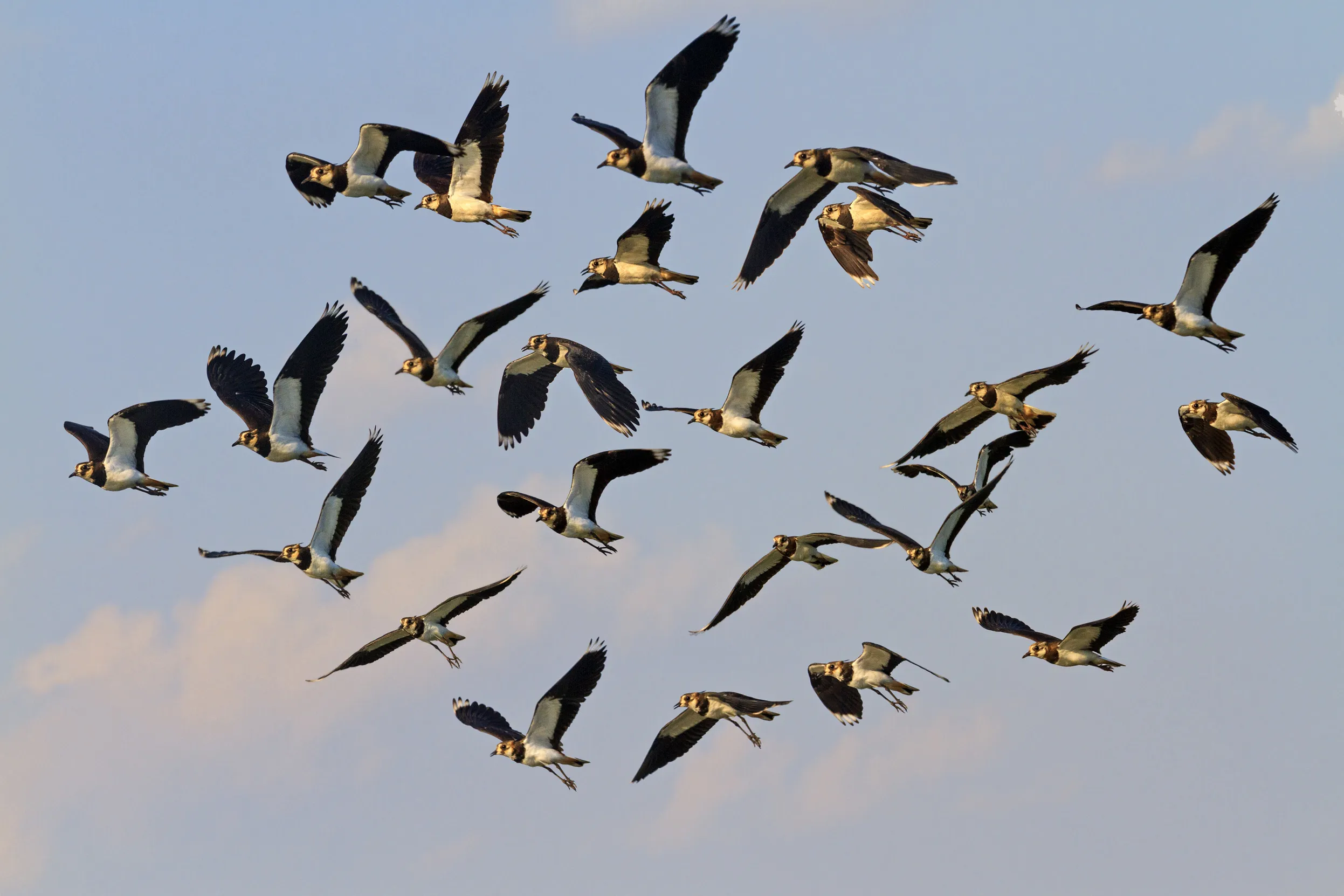Top ten farmland birds
You’ll see lots of different birds on farmland, including common species that also come to garden feeders. But ‘farmland birds’ are those that are completely reliant on farmland at some stage of the year.
.jpg)
On this page
Some of these birds live in farming habitats all the time, while others may just nest or find food and shelter there depending on the season. With lots of birds relying on our farmland, including the ten listed below, protecting and restoring the habitats needed for farmland species through nature friendly farming is a win-win for wildlife and for people. But first, let’s get to know them...
Ten top farmland birds
Some of these farmland birds may be unfamiliar, and most of them can only be seen or heard if you go for a walk in the countryside. Some are also so rare and elusive, that you may never see one, even if you go looking!
Yellowhammer
The song of the yellowhammer is one of the iconic sounds of rural hedgerows: ‘a little bit of bread and no cheeeeeese!’. They’re usually quite easy to spot as they’re singing, because they are, as their name suggests, yellow. At least their heads are, their backs are more brown, while their chests are striped. The hammer part of their name is a hangover from the Germanic languages of our past, as the word ‘ammer’ means bunting in German. Yellowhammers stay on farms all year round, and are still quite widespread across the UK in lowland areas.
Status
Red listed – between 1970 and 2018, the UK population fell by 60%.
Corncrake
Although they’re related to coots and moorhens, you won’t see a corncrake near water. In fact, you probably won’t ever see one at all, as they’re notoriously sneaky birds that spend their summers skulking around patches of nettles in remote parts of Scotland and Northern Ireland. But if you’re in the right place at the right time, you’re almost guaranteed to hear one, as they sing their loud and persistent ‘crex crex!’ calls both day and night. Corncrakes are only in the UK for a few months, and spend the winter with elephants in the Congo! Because they’re so hard to see, they’re counted as ‘calling males’ during nocturnal surveys.
Status
Red Listed – in 2021, the Scottish population was 850 calling males and the Northern Irish population was 4.
Tree sparrow
Tree sparrows look similar to male house sparrows, and the two species are often seen together. But tree sparrows have a distinctive dark cheek spot, and if you look closer, you’ll also notice that they have a whiter face and a chestnut cap, while the house sparrow has a grey stripe over the top of its head. Unlike their city cousins, tree sparrows are very much a rural species, and spend the whole year on farmland. Here they feed on seeds from grasses and weeds, as well as cultivated grains like barley and wheat. They like to nest in colonies using holes in trees, or nest boxes if they’re available.
Status
Red Listed – between 1970 and 2018, the UK population fell by 90%.
Corn bunting
Like many birds on this list, corn buntings were once common on farmland across the UK. But now, these chunky buntings (nicknamed ‘fat birds of the barley’) are extinct in Northern Ireland and Wales and are only just clinging on in England and Scotland. They look quite similar to a few other small farmland birds, but their call is distinctive, often described as jangling keys. They’re found on farms that grow cereal crops, as they rely on spilt grain for survival over the winter, though they also need insects to feed their chicks in the summer.
Status
Red Listed – between 1970 and 2018, the UK population fell by 89%.
Cirl bunting
Pronounced with a soft ‘c’ like circus, cirl buntings look similar to yellowhammers, particularly the females and juveniles, though males have much darker, black barring on their faces in the spring and summer. They used to be quite common in the south of England, and were even nicknamed ‘the village bunting’. But their numbers crashed in the 20th century, and by 1989 there were only 120 pairs left, all of them in Devon. Research and action saved them from local extinction, and they’re now found in parts of Cornwall too, but they’re still the rarest bird on this list that’s resident on farmland all year round.
Status
Red Listed – the UK population is currently around 1000 pairs.
Turtle dove
We’re pretty familiar with doves and pigeons in the UK, from urban feral pigeons to the collared doves of suburban gardens. But while all these other species are thriving, turtle doves have been dying out, and are now only found in the south and east of England. They’re our only migrating dove, and issues like hunting along their migration routes have definitely added to their problems. But they’re also struggling to find food and places to nest on farmland when they’re in the UK, though projects to help them have started to make a difference. Their name has nothing to do with turtles, and instead comes from their purring call.
Status
Red Listed – between 1970 and 2018, the UK population declined by 98%.
Twite
A small, brownish, stripey finch, twites are one of our most threatened farmland birds. Once widespread, in 2021, only 12 pairs of twites bred in England, all of them in the South Pennines. There are similar tiny populations in Wales and Northern Ireland, and although Scotland remains a stronghold for the species, even here they’re in rapid decline. Twites nest on upland farms in the summer, but like to move to the coast for the winter, where they can still sometimes be seen in biggish flocks. They eat seeds all year round and are a particular fan of dandelion seeds!
Status
Red Listed – between 1990 and 2000, the English population fell by 80%.
Curlew
With their massive, curved beak and long, ululating call, curlews are a familiar bird of our coastal mudflats during the winter. But in the summer, you’ll find them raising their chicks on upland moors and inland farms. Curlews are our largest wading bird, and they perform a fantastic ‘parachuting’ display flight in the spring. Our curlews are particularly important, because around 30% of the west European population nests in the UK, over half of these in Scotland (where they’re sometimes called whaups).
Status
Red Listed – between 1995 and 2008, the UK population fell by 42%.
Stone curlew
Stone curlews aren’t related to curlews, and certainly look nothing like them. They’re very distinctive birds, with large yellow eyes, long yellow legs, and quite a short bill. They’re also extremely rare and hard to see, nesting in only a few areas of south and south-east England. Stone curlews are summer migrants to the UK, and in the 1980s, they were heading towards extinction here, with numbers falling to around 150 pairs. Targeted conservation work is helping them to survive, but they’re also in trouble across Europe. The Dutch population has already gone, and numbers are falling in Spain, Portugal and France.
Status
Amber Listed – the current UK population is about 365 pairs.
Lapwing
With their habit of mobbing almost anything that moves (including people) lapwings are not exactly secretive. Add to this their flappy flight, distinctive crest, bright black and white colouring, and loud, slightly electronic-sounding calls, and they’re quite an easy bird to identify. Their nests, however, are very well camouflaged, which is a good thing since they nest on the ground. But their eggs are still vulnerable and were once even collected for food. This caused such a problem for the species that collection was banned by law in 1926. But their numbers have continued to fall in recent years, though they’ve fared slightly better in Scotland. Lapwings usually move to the coast in the winter, where they sometimes gather in quite large flocks.
Status
Red Listed – between 1960 and 1998, the population in England and Wales fell by 80%.
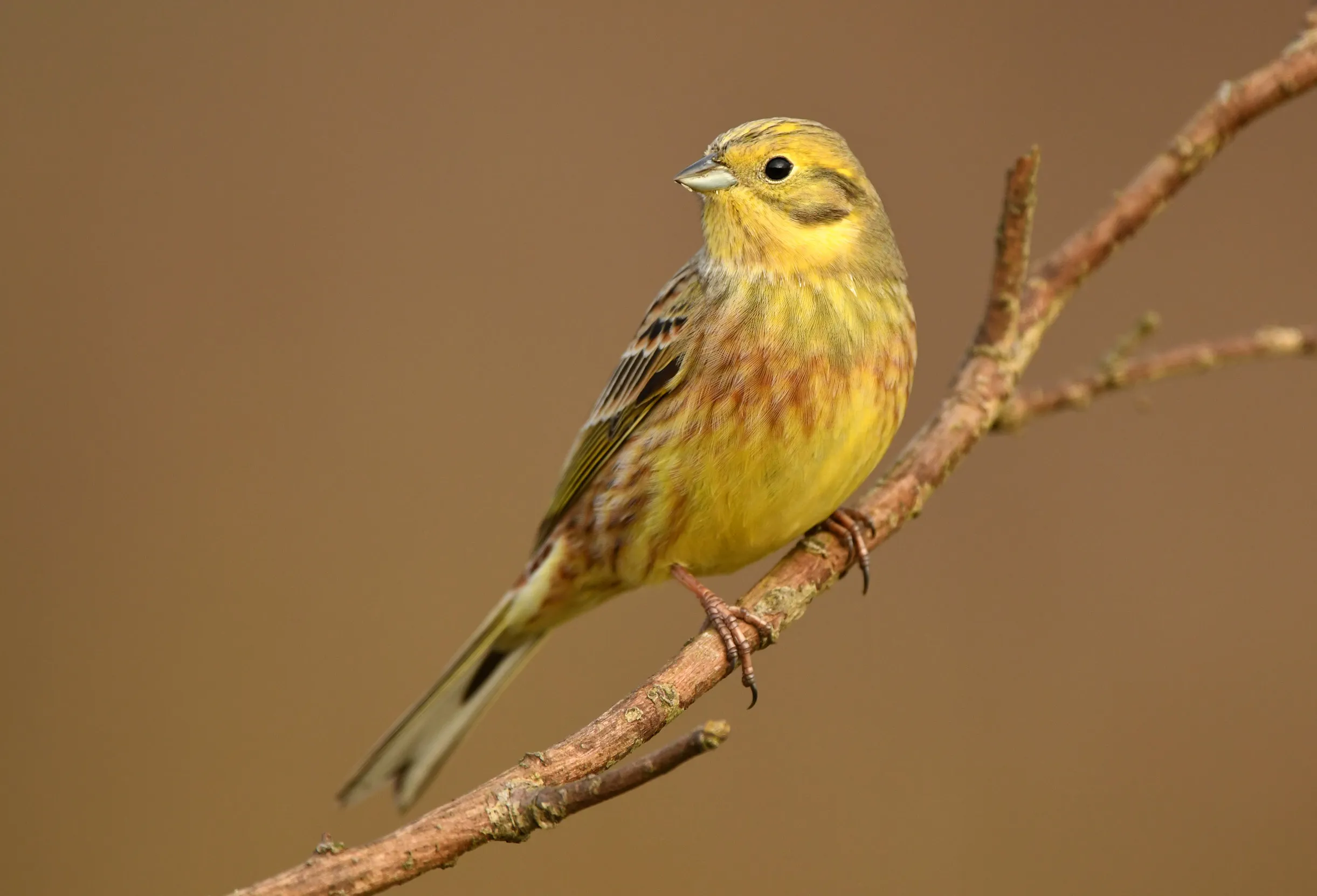

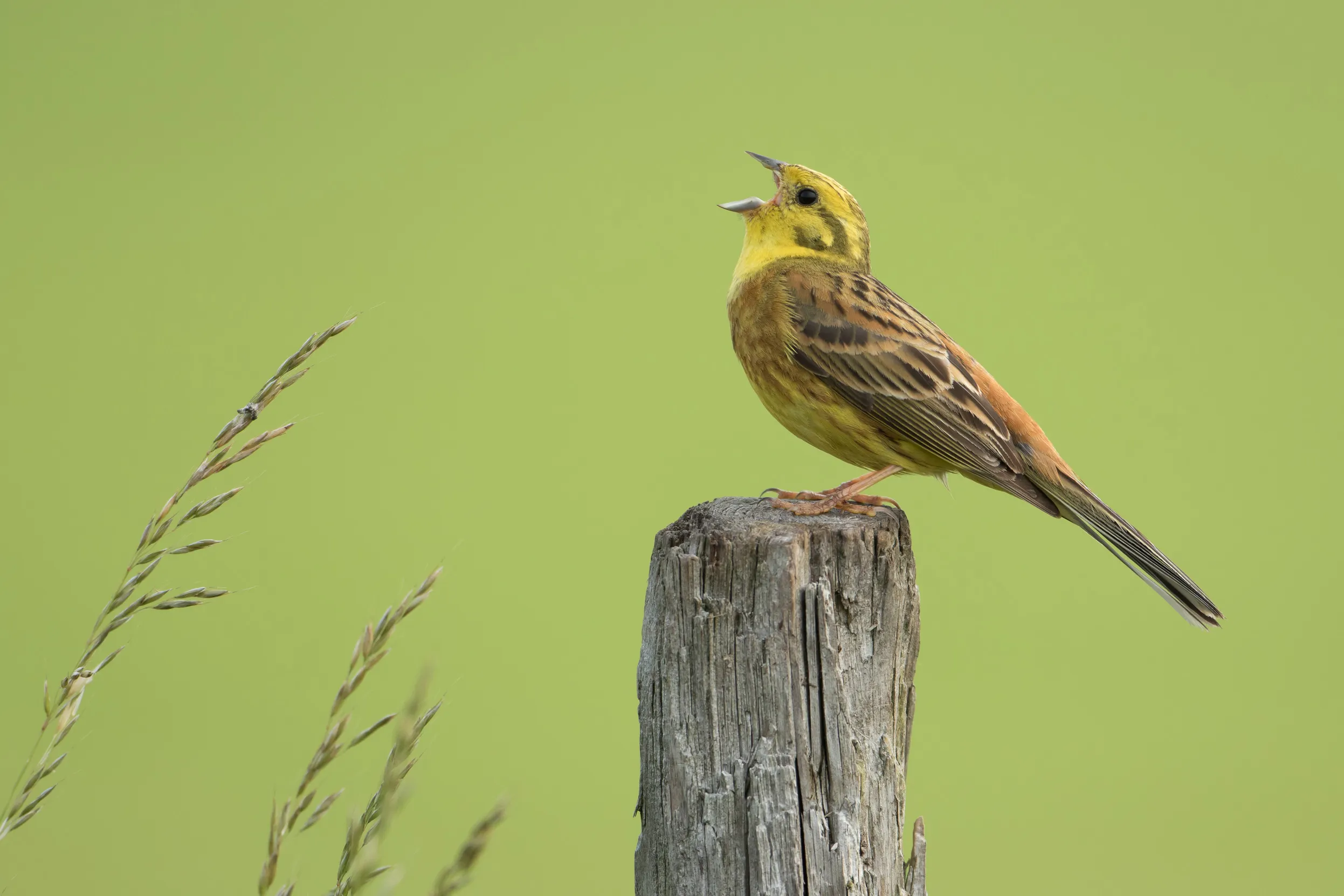

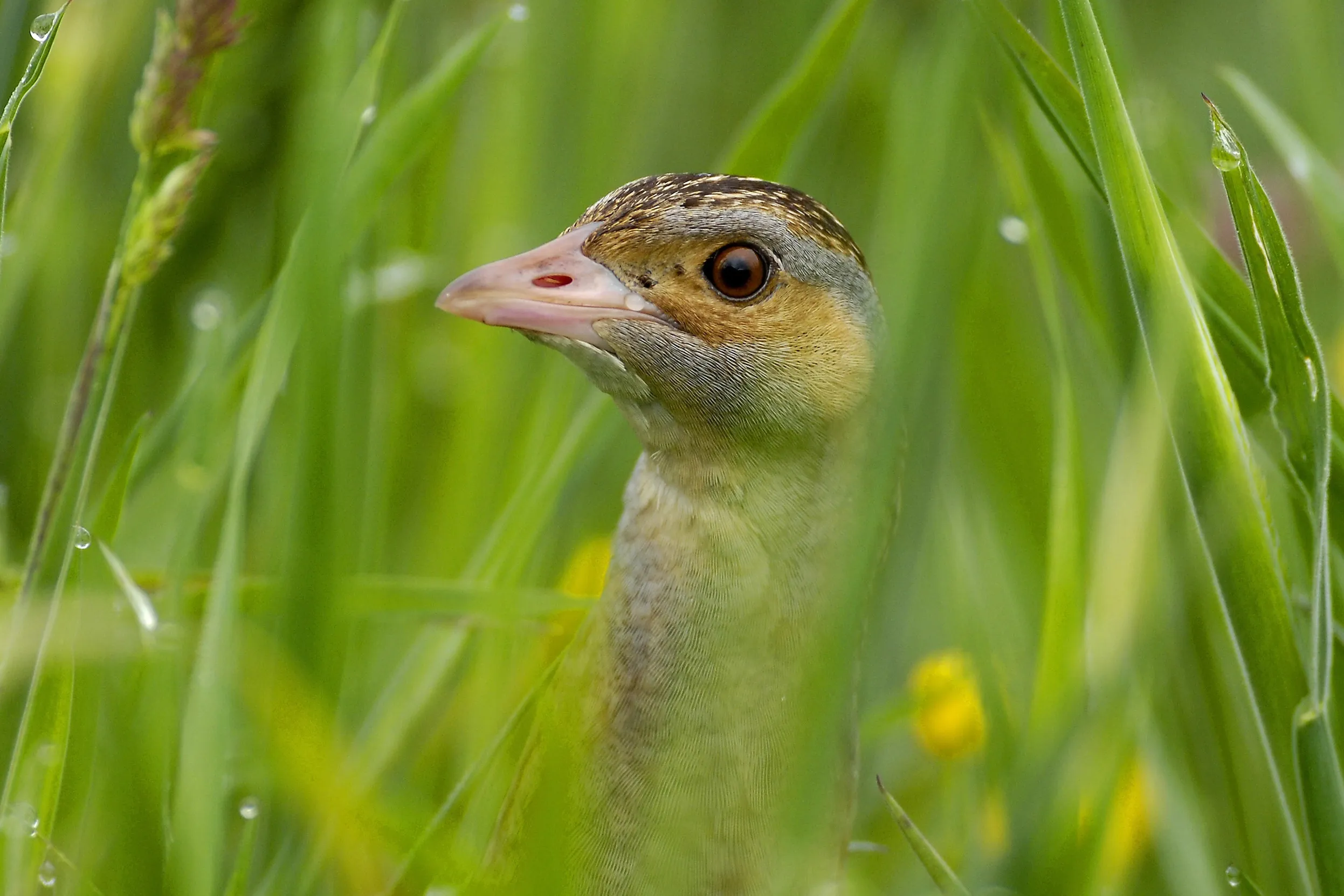

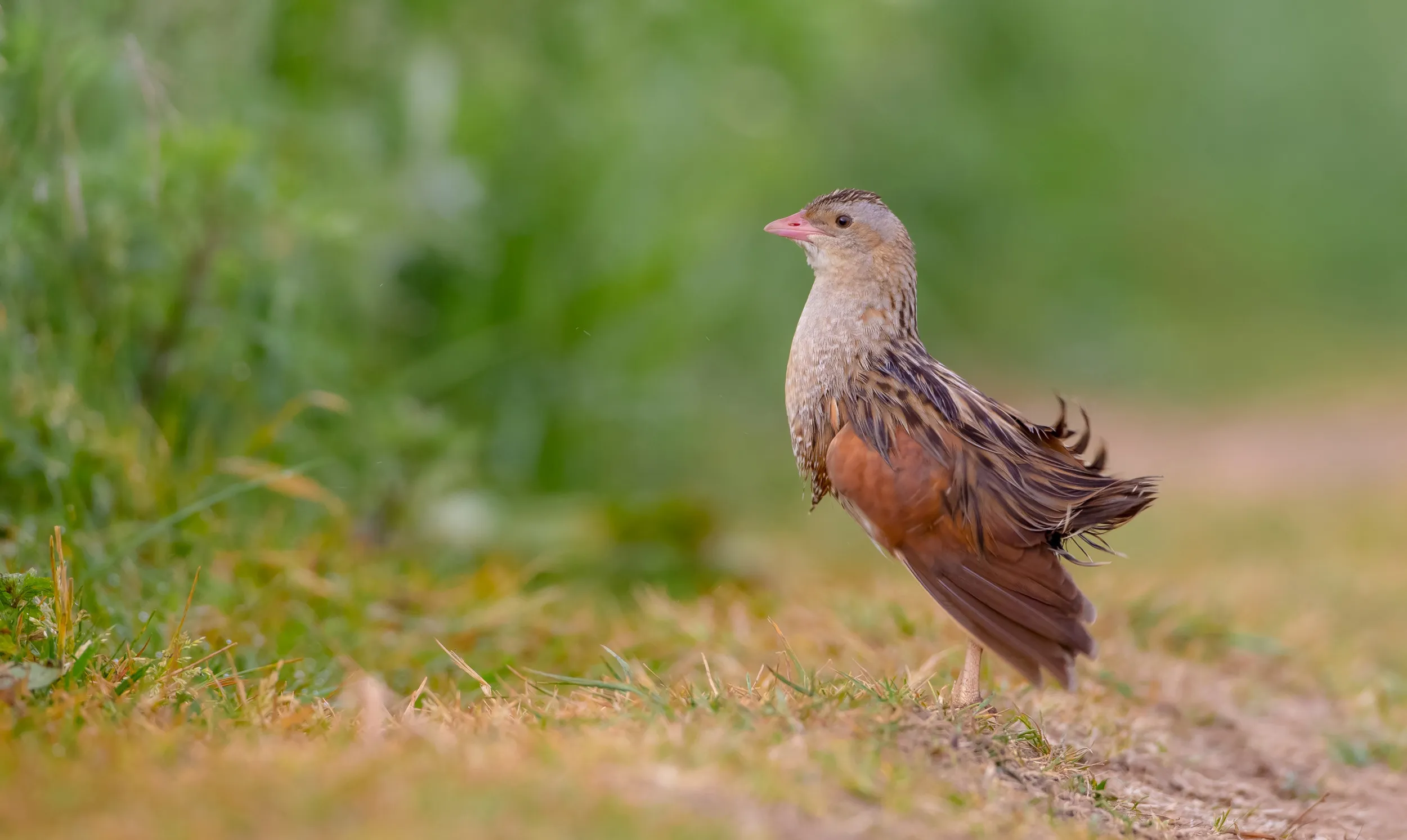
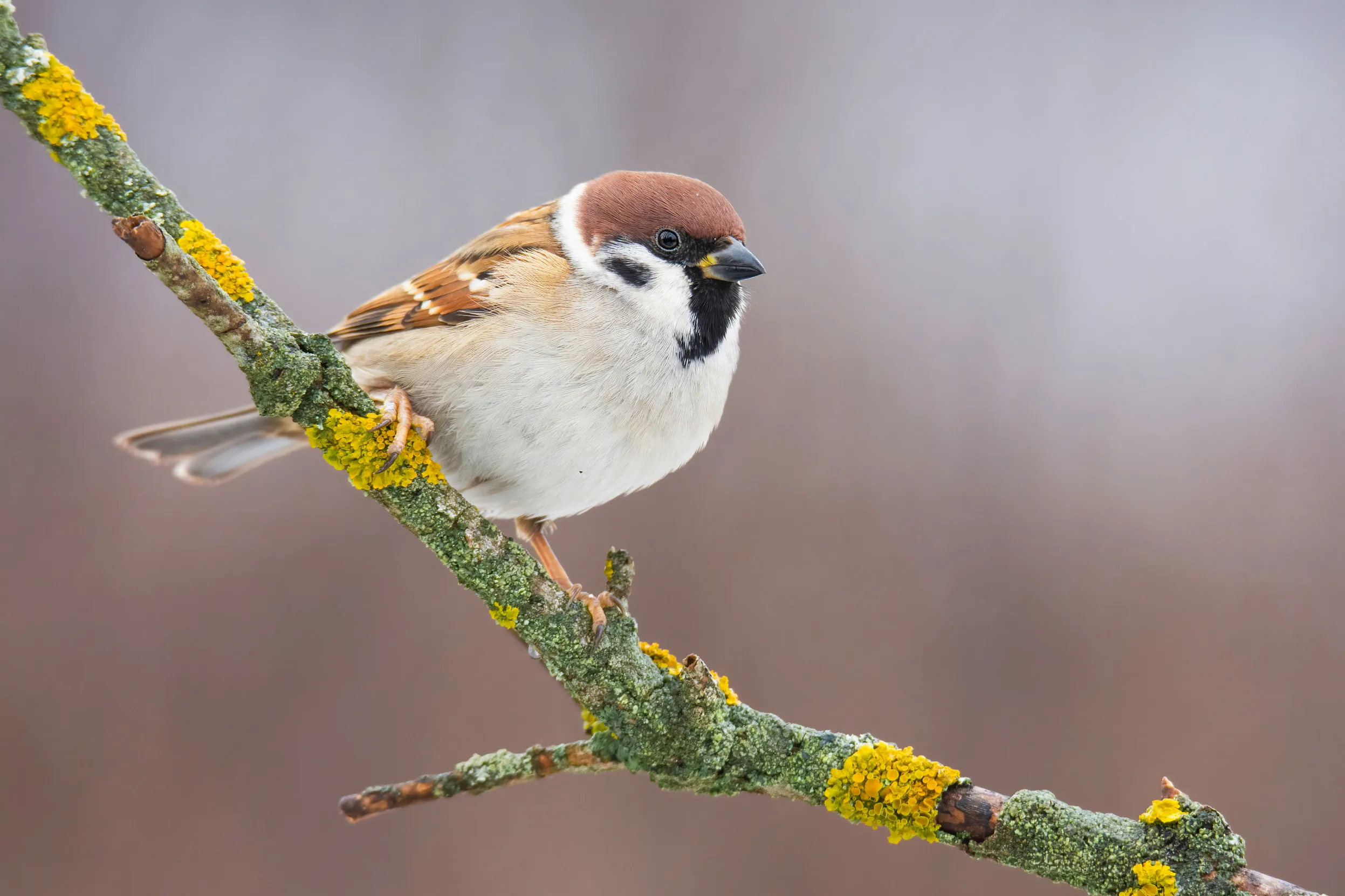
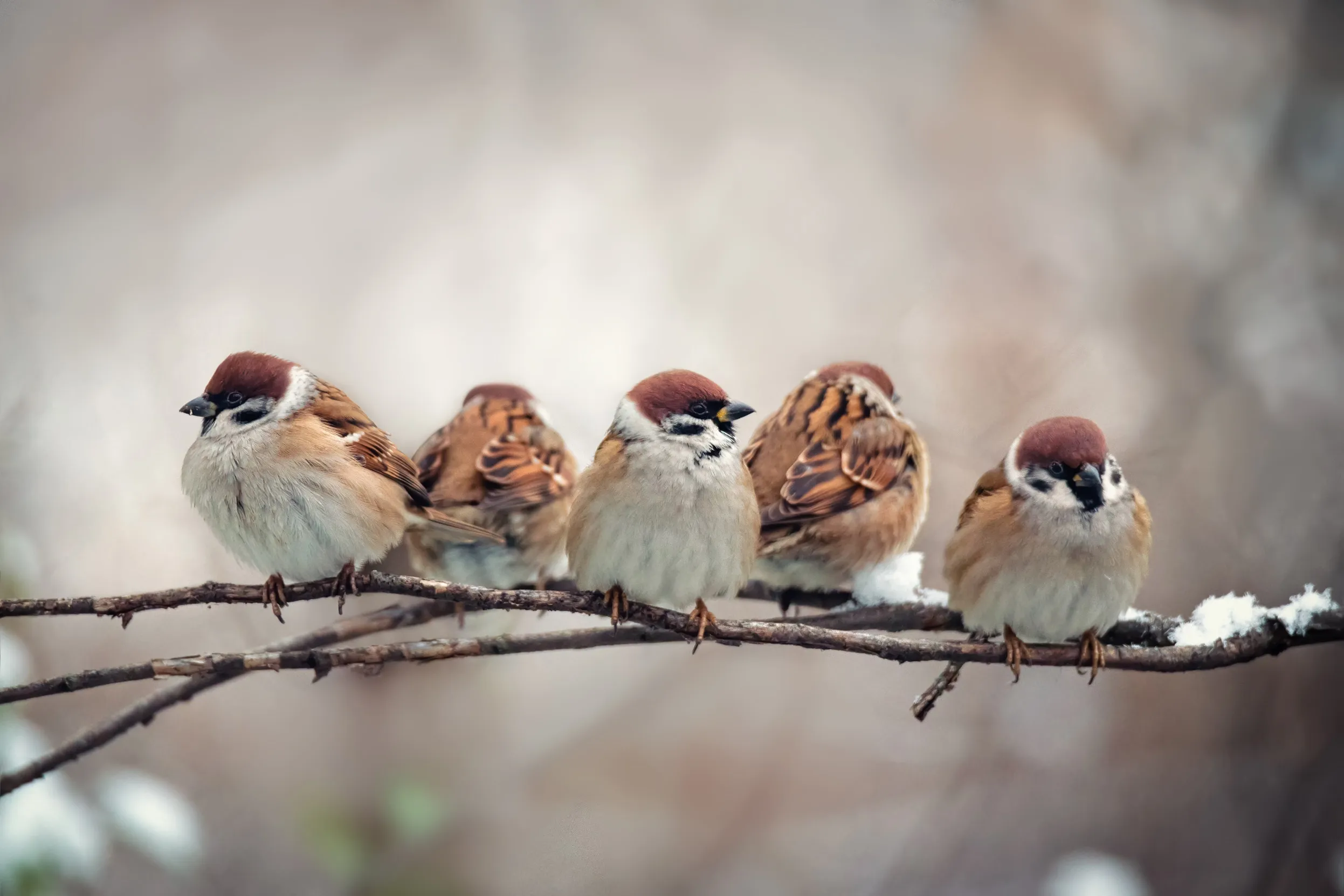

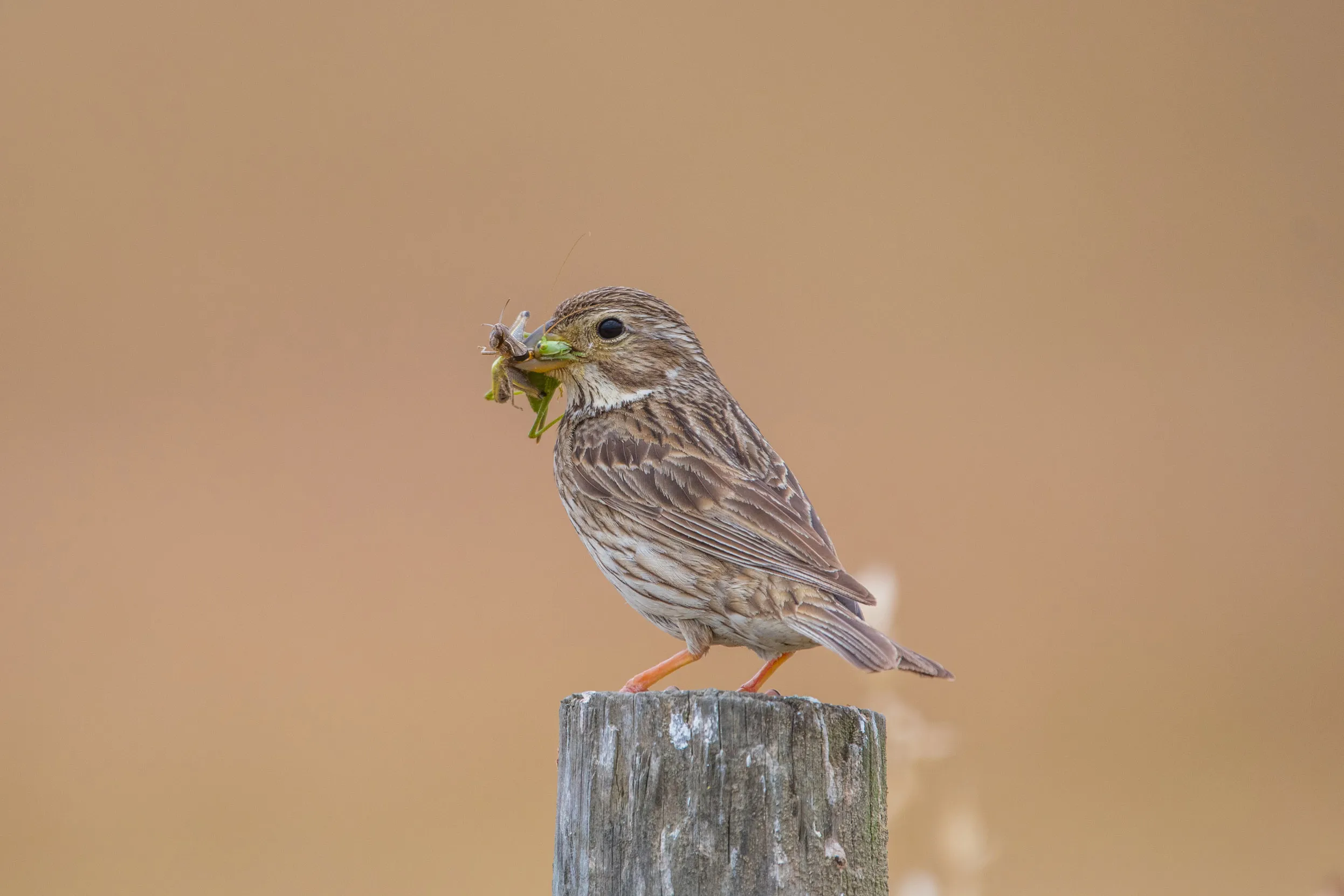
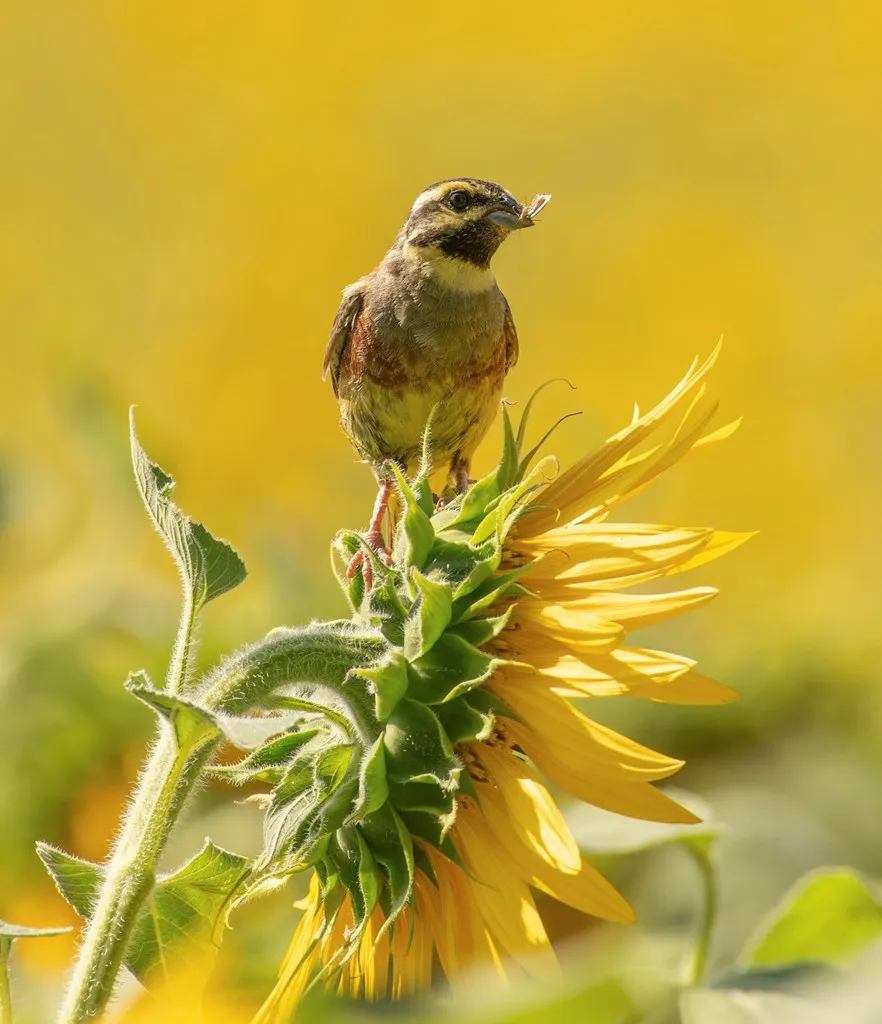
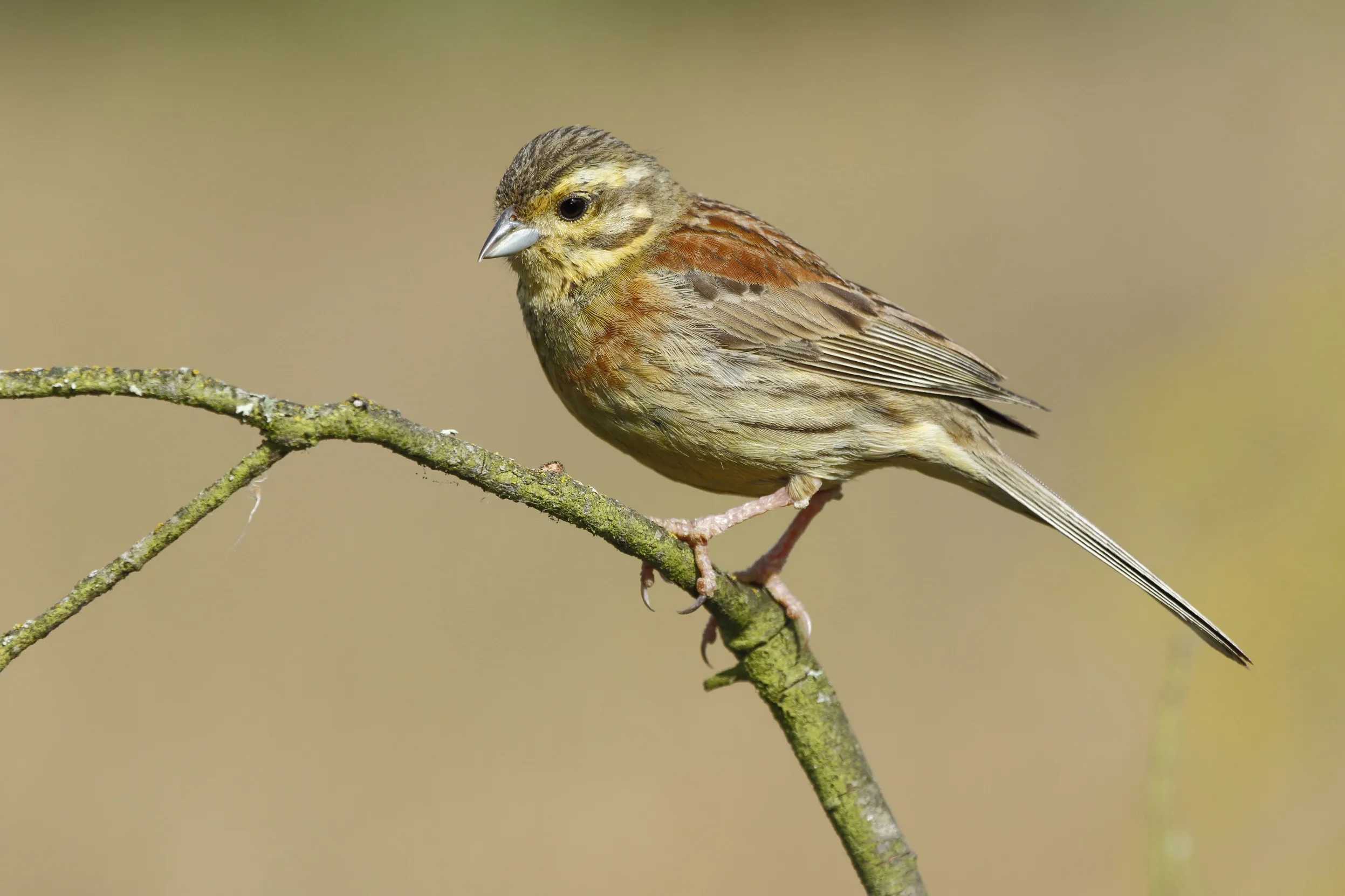

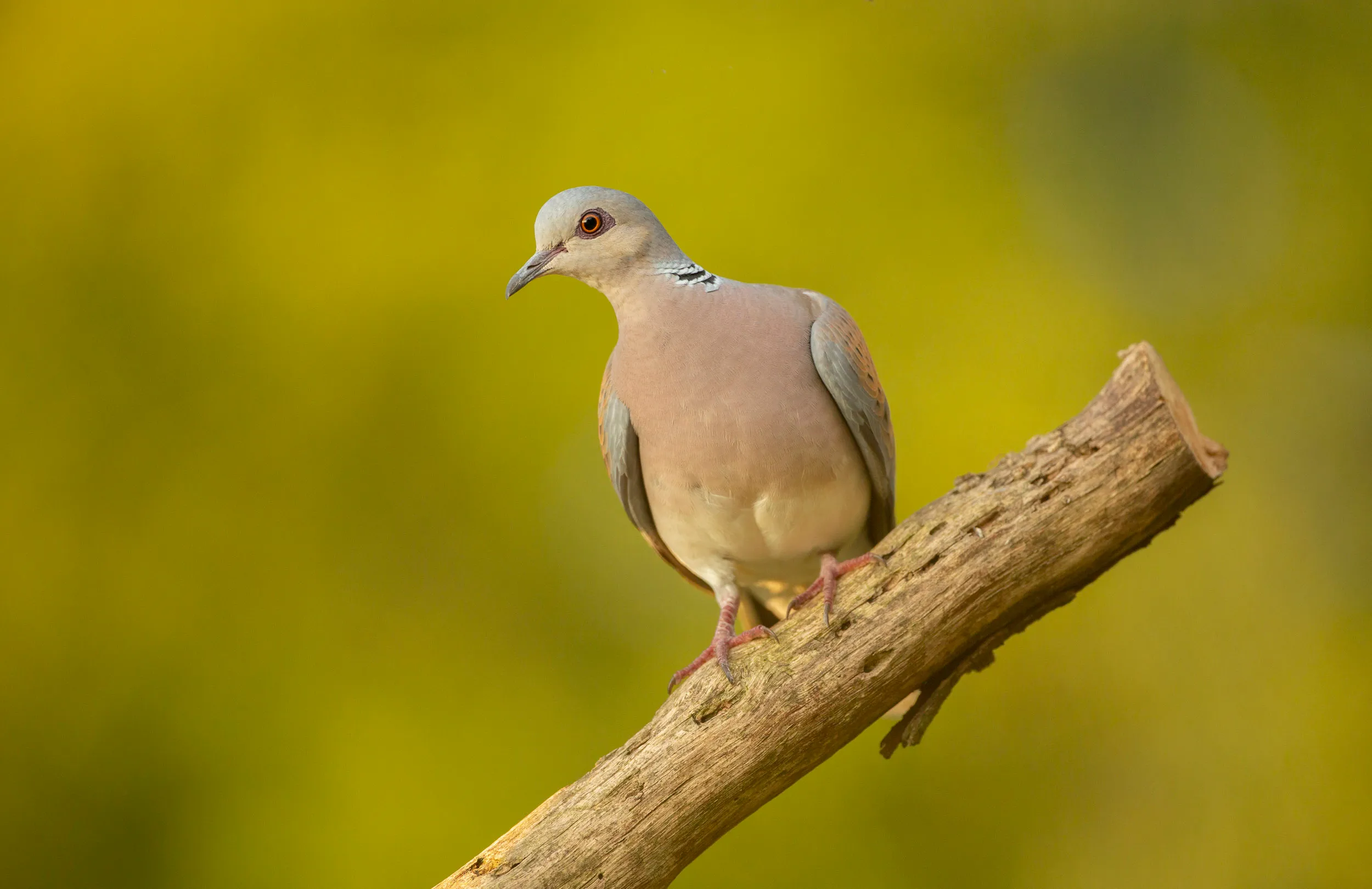
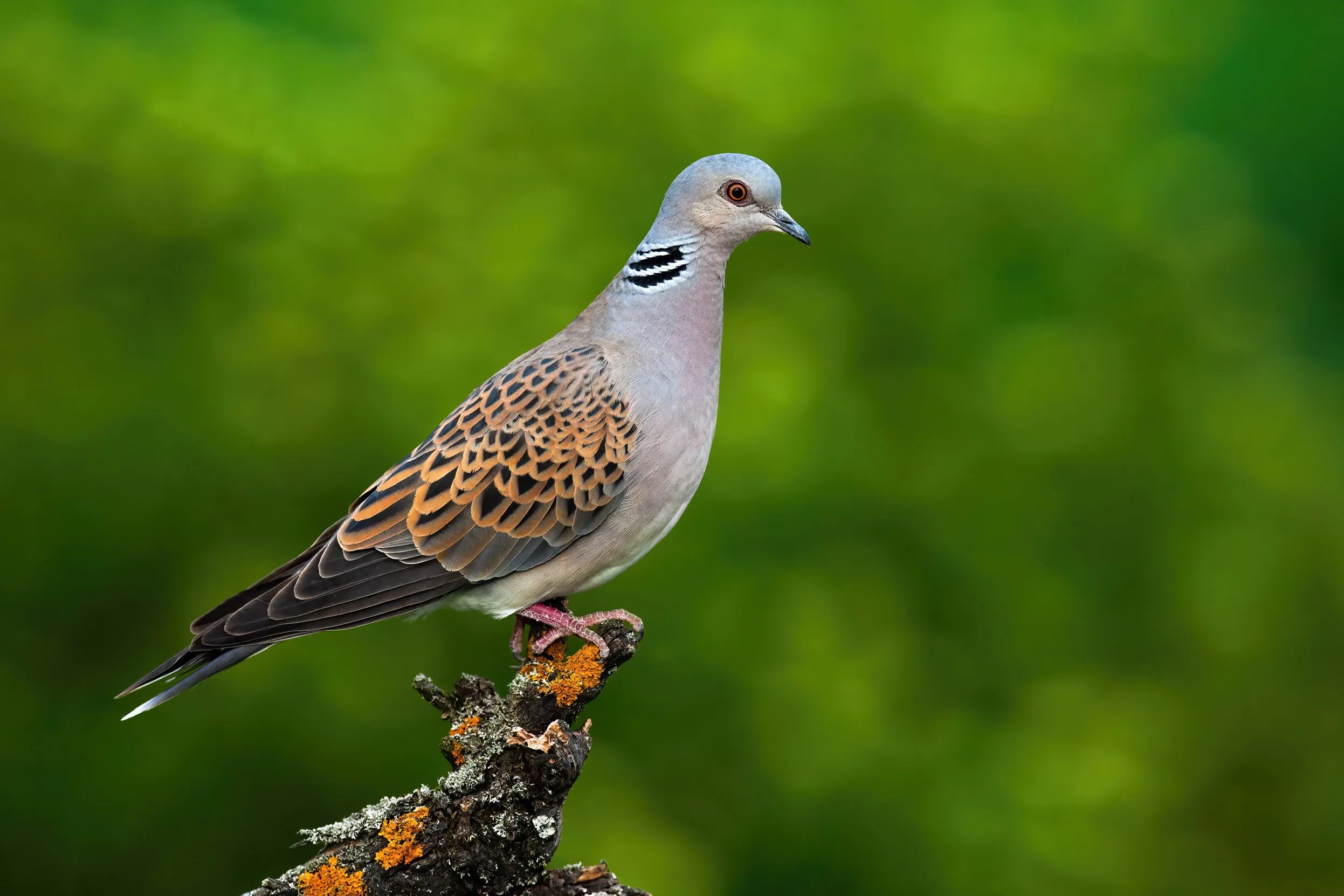

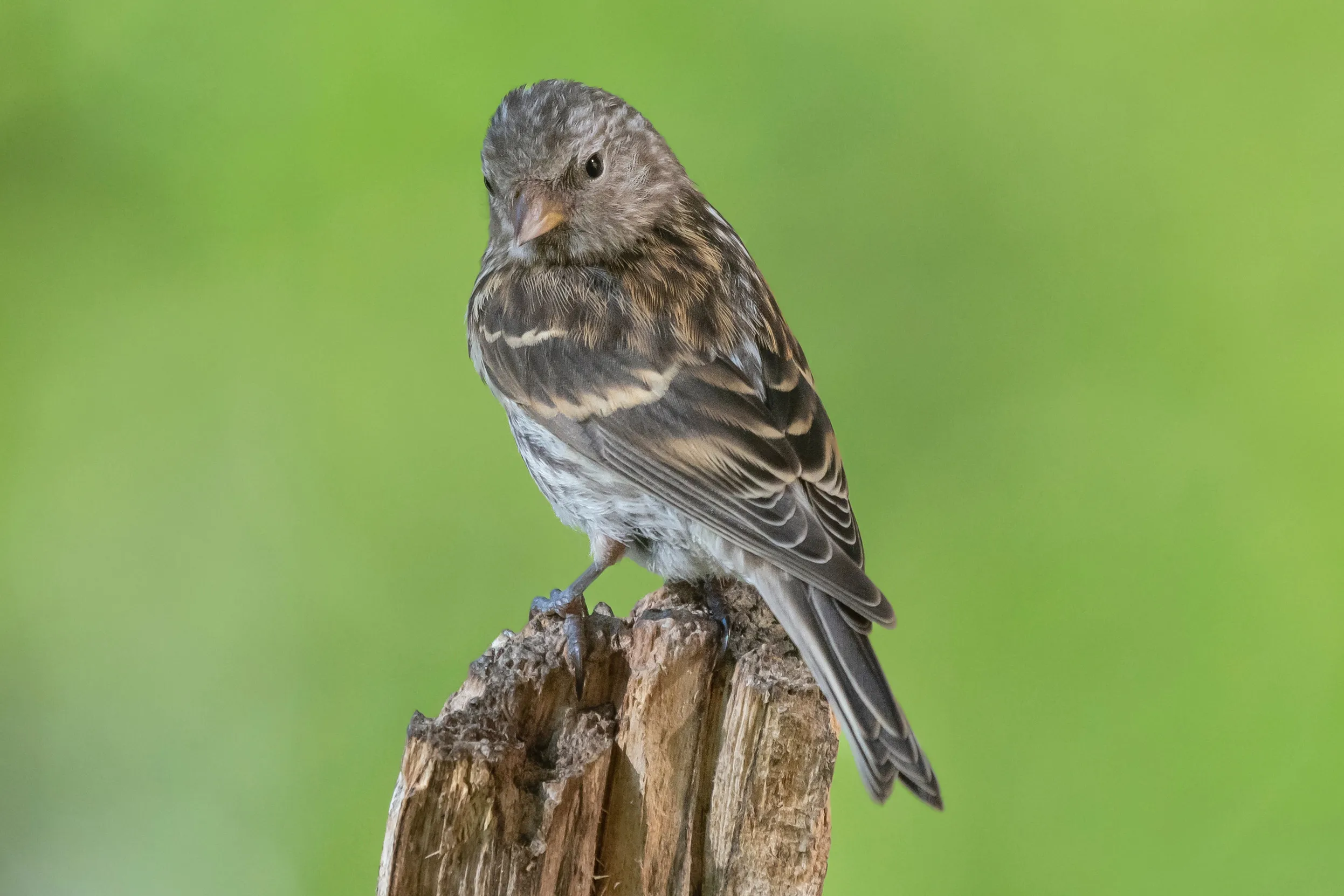
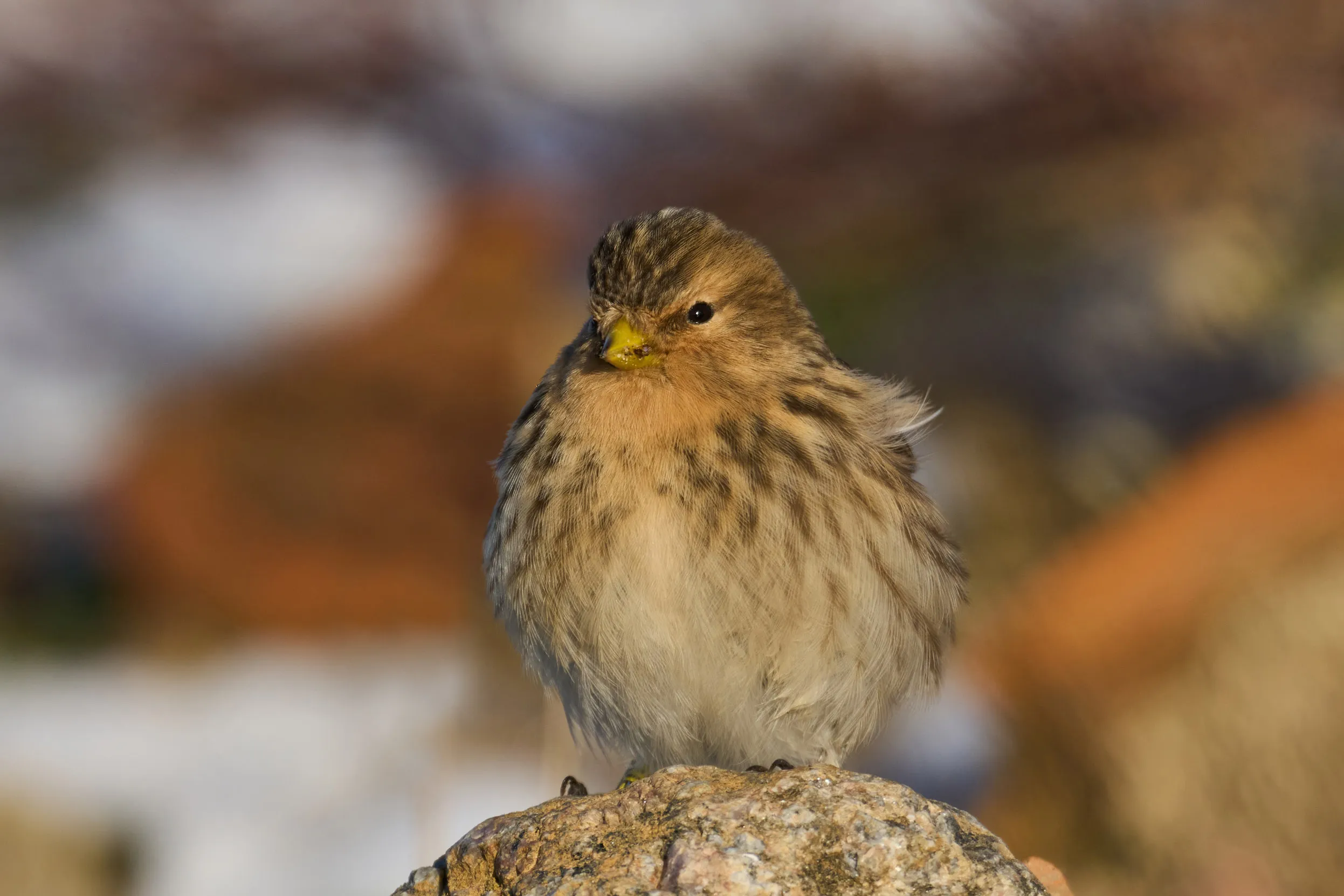

.jpg)

